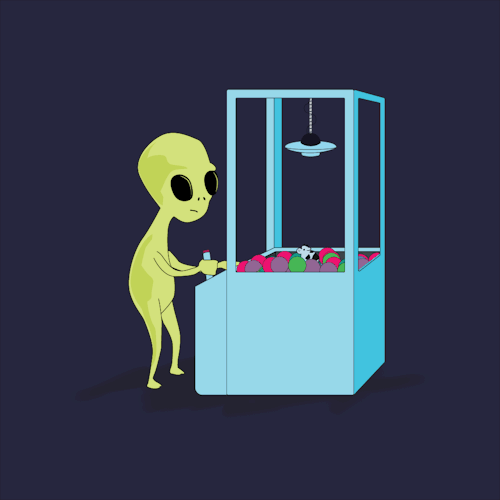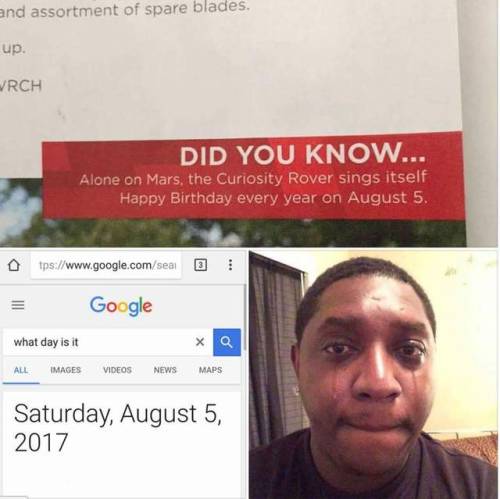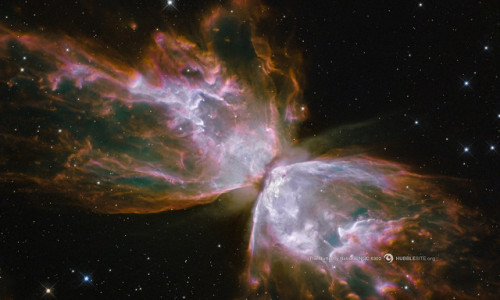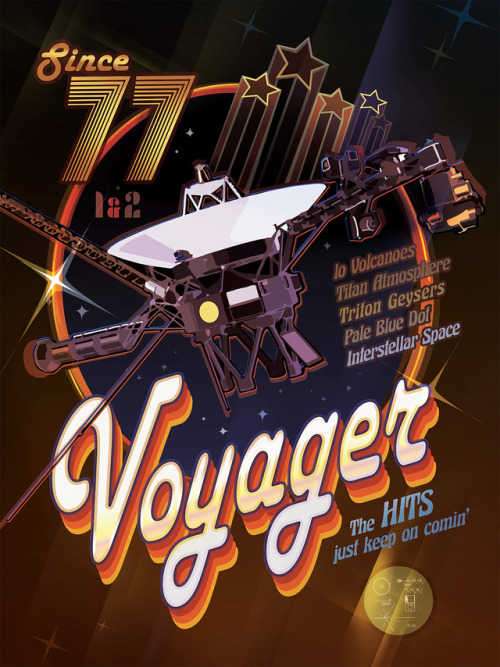Best Eclipse Video I've Seen So Far!
Best eclipse video I've seen so far!
Here’s the best view of Solar Eclipse. Amazing! via : Fiorella Ikeue
More Posts from Soshowmethesea and Others
The planets

This is adorable!







In the universe, there’s always gonna be someone bigger than you.
For everyone trying to lose weight!
When the moon is directly overhead, you weigh slightly less.
That's both adorable and heartbreaking

no 😭😭
Beautiful

js

Thanks to the twin Voyager spacecraft, music is truly universal: Each carries a Golden Record with sights, sounds and songs from Earth as it sails on through the Milky Way. Recalling the classic rock era of the late 1970s when the Voyagers launched, this poster is an homage to the mission’s greatest hits. Some of the most extraordinary discoveries of the probes’ first 40 years include the volcanoes on Jupiter’s moon Io, the hazy nitrogen atmosphere of Saturn’s moon Titan and the cold geysers on Neptune’s moon Triton. Voyager 1 is also the first spacecraft to deliver a portrait of our planets from beyond Neptune, depicting Earth as a ‘pale blue dot,’ as of Aug. 25, 2012, to enter interstellar space. Voyager 2 is expected to enter interstellar space in the coming years. Even after 40 years, the Voyagers’ hits just keep on coming.
Enjoy this and other Voyager anniversary posters. Download them for free here: https://voyager.jpl.nasa.gov/downloads/
Credit: NASA/JPL-Caltech
Make sure to follow us on Tumblr for your regular dose of space: http://nasa.tumblr.com.

Incredible display of depth through Earths atmosphere in this shot from Reid Wiseman aboard the ISS
js

In case you missed it earlier in July, here’s a look at how our view of Pluto has changed over the course of several decades. The first frame is a digital zoom-in on Pluto as it appeared upon its discovery by Clyde Tombaugh in 1930 (image courtesy Lowell Observatory Archives). The other images show various views of Pluto as seen by NASA’s Hubble Space Telescope beginning in the 1990s and NASA’s New Horizons spacecraft in 2015. The final sequence zooms in to a close-up frame of Pluto released on July 15, 2015.
This amazing view of details on Pluto came via New Horizons, which launched on Jan. 19, 2006. New Horizons swung past Jupiter for a gravity boost and scientific studies in February 2007, and conducted a reconnaissance flyby study of Pluto and its moons in summer 2015. Pluto closest approach occurred on July 14, 2015. As part of an extended mission, the spacecraft is expected to head farther into the Kuiper Belt to examine one or two of the ancient, icy mini-worlds in that vast region, at least a billion miles beyond Neptune’s orbit.
Image credits available here.
-
 choteau65 liked this · 1 month ago
choteau65 liked this · 1 month ago -
 pinkiepie222555 liked this · 2 months ago
pinkiepie222555 liked this · 2 months ago -
 brainddump reblogged this · 4 months ago
brainddump reblogged this · 4 months ago -
 hairynakedandnotafraid liked this · 5 months ago
hairynakedandnotafraid liked this · 5 months ago -
 ocarizblog liked this · 5 months ago
ocarizblog liked this · 5 months ago -
 mega-native liked this · 5 months ago
mega-native liked this · 5 months ago -
 gregloup liked this · 5 months ago
gregloup liked this · 5 months ago -
 funder11-blog liked this · 5 months ago
funder11-blog liked this · 5 months ago -
 mysticfoxcollectorstuff reblogged this · 5 months ago
mysticfoxcollectorstuff reblogged this · 5 months ago -
 mysticfoxcollectorstuff liked this · 5 months ago
mysticfoxcollectorstuff liked this · 5 months ago -
 hlojamyrakami liked this · 5 months ago
hlojamyrakami liked this · 5 months ago -
 annaoayin liked this · 6 months ago
annaoayin liked this · 6 months ago -
 annita89clrcvubh liked this · 7 months ago
annita89clrcvubh liked this · 7 months ago -
 marlonorlando reblogged this · 10 months ago
marlonorlando reblogged this · 10 months ago -
 iambcuzweare reblogged this · 11 months ago
iambcuzweare reblogged this · 11 months ago -
 iambcuzweare liked this · 11 months ago
iambcuzweare liked this · 11 months ago -
 wetpavementtracks liked this · 1 year ago
wetpavementtracks liked this · 1 year ago -
 moss-the-fae liked this · 1 year ago
moss-the-fae liked this · 1 year ago -
 cringepoop reblogged this · 1 year ago
cringepoop reblogged this · 1 year ago -
 daddyrules024 reblogged this · 1 year ago
daddyrules024 reblogged this · 1 year ago -
 scentedlovebeliever reblogged this · 1 year ago
scentedlovebeliever reblogged this · 1 year ago -
 scentedlovebeliever liked this · 1 year ago
scentedlovebeliever liked this · 1 year ago -
 daddyrules024 liked this · 1 year ago
daddyrules024 liked this · 1 year ago -
 saltykrispycake reblogged this · 1 year ago
saltykrispycake reblogged this · 1 year ago -
 saltykrispycake liked this · 1 year ago
saltykrispycake liked this · 1 year ago -
 cheekybug1 liked this · 1 year ago
cheekybug1 liked this · 1 year ago -
 pancha-stuff reblogged this · 1 year ago
pancha-stuff reblogged this · 1 year ago -
 pancha-stuff liked this · 1 year ago
pancha-stuff liked this · 1 year ago -
 riggio037 reblogged this · 1 year ago
riggio037 reblogged this · 1 year ago -
 affableadversary reblogged this · 1 year ago
affableadversary reblogged this · 1 year ago -
 affableadversary liked this · 1 year ago
affableadversary liked this · 1 year ago -
 theoldmixer liked this · 1 year ago
theoldmixer liked this · 1 year ago -
 thinksideways reblogged this · 1 year ago
thinksideways reblogged this · 1 year ago -
 batredbeard61 reblogged this · 1 year ago
batredbeard61 reblogged this · 1 year ago -
 ilaalexei liked this · 1 year ago
ilaalexei liked this · 1 year ago -
 cernunnos1990 reblogged this · 1 year ago
cernunnos1990 reblogged this · 1 year ago -
 infernalserpentry liked this · 1 year ago
infernalserpentry liked this · 1 year ago -
 noisett-e liked this · 1 year ago
noisett-e liked this · 1 year ago -
 fraterpuck liked this · 1 year ago
fraterpuck liked this · 1 year ago -
 luxasexiste liked this · 1 year ago
luxasexiste liked this · 1 year ago -
 daannnne liked this · 1 year ago
daannnne liked this · 1 year ago -
 whatdoyouknow-23 liked this · 1 year ago
whatdoyouknow-23 liked this · 1 year ago -
 thesirito liked this · 1 year ago
thesirito liked this · 1 year ago -
 candbulbtlichme liked this · 1 year ago
candbulbtlichme liked this · 1 year ago
"You're so down to Earth, and I'm up in the stars, so show me the sea, and I'll take you to Mars."
36 posts